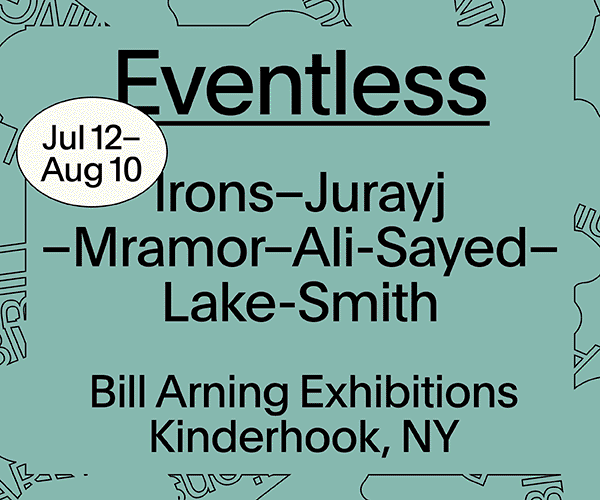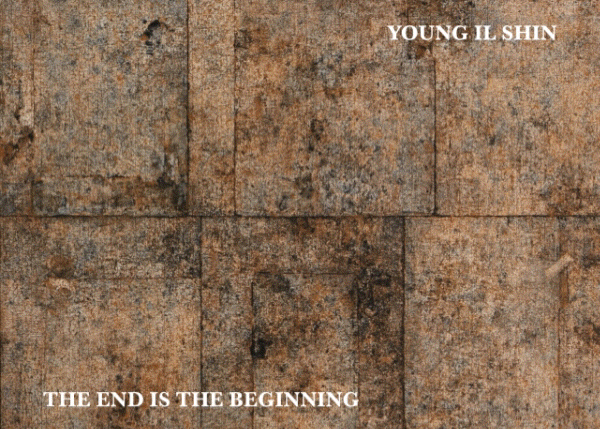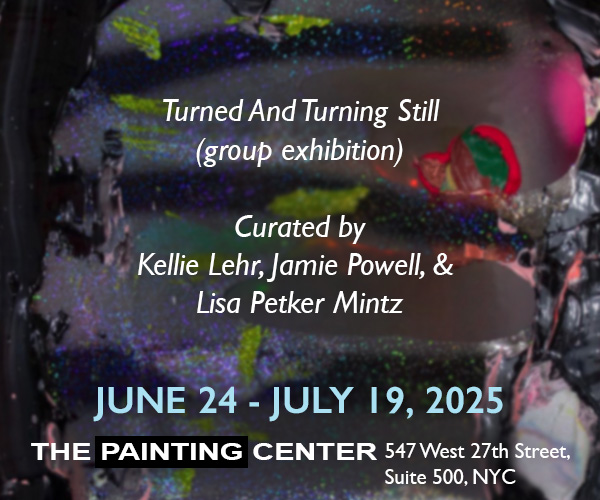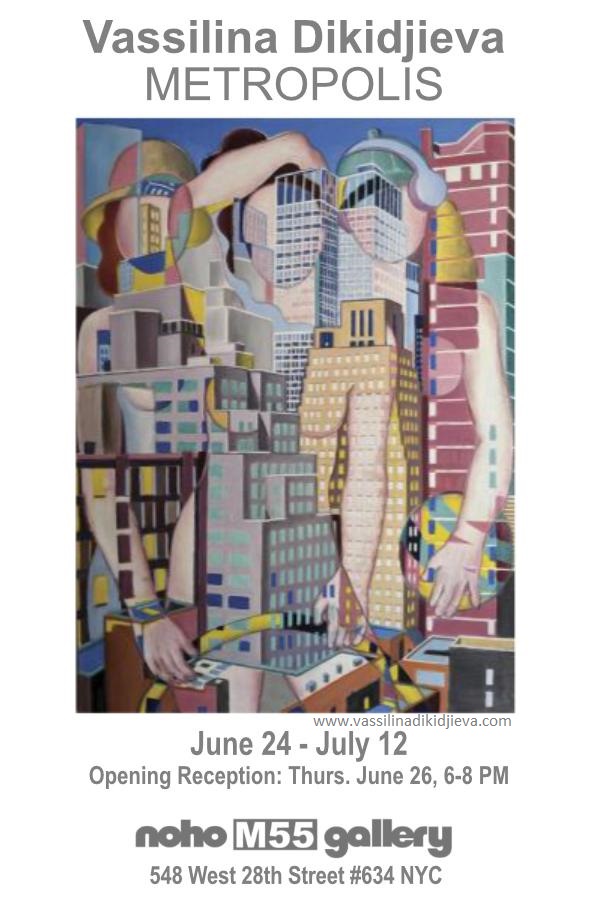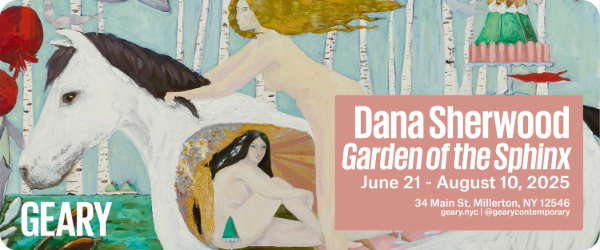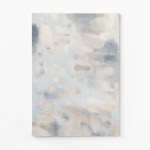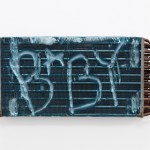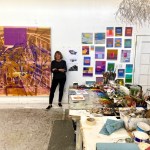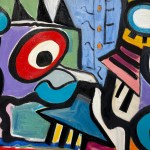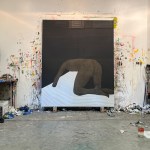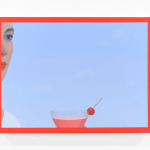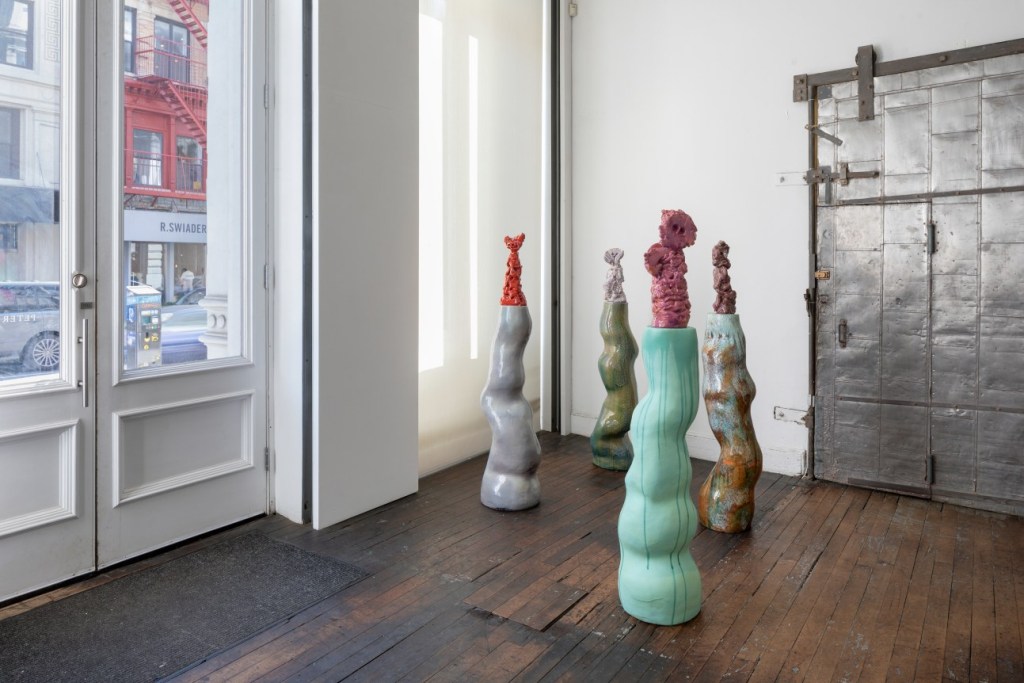
Contributed by Jeffrey Grunthaner / Properly curated, summer group exhibitions can open novel avenues between disparate artists and particular creative practices. “Made in Cologne,” currently up at Peter Freeman, Inc., decidedly accomplishes this. The conceit of the show is simple: the 15 featured artists have all made ceramic works at the atelier of Niels Dietrich in Cologne, Germany. Founded in 1984, Dietrich’s studio specializes in ceramics and showcases how plastic this medium can be. The expressive character of the exhibition derives in part from the variety of styles and attitudes on display. But all embrace the unique nature of ceramics in one way or the other.
There’s an alchemical feel to these sculptures. The stages of the ceramic-making process can be likened to transubstantiation: earth passes into fire, which is then tempered by water – or, here, glaze. The artists emphasize different aspects of process, sometimes because they came to ceramics, and to Dietrich’s atelier, from non-sculptural backgrounds. Mike Meiré brings his work in graphic design and curation to a series of pieces best described as meditations. In Green Haze, he translates an active moment of the kilning process into a misty horizontal line as unique as a signature. Yet the mark doesn’t extend from the artist’s hand so much as from an impersonal process that Meiré documents.
In a similar vein, Rose Wylie’s Grumpy Girl, a blue-glazed effigy secured to a wall, transgresses the vessel-like form typically associated with ceramics. The innovation stems from Wylie’s longstanding vocation in painting and drawing. The composition of the piece is anything but earthen; the figure seems suspended in the air, fantastical and funny in a diminutive sort of way.
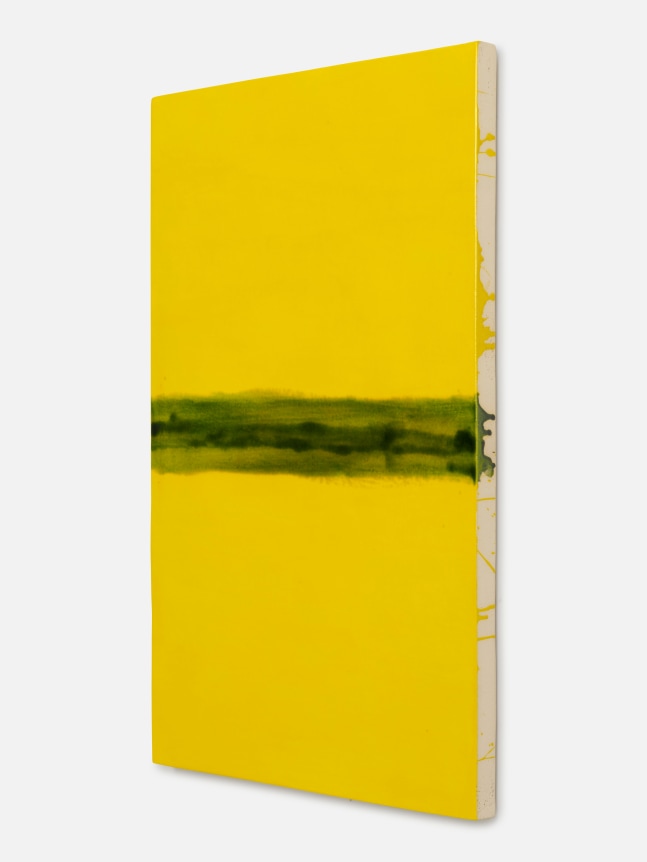
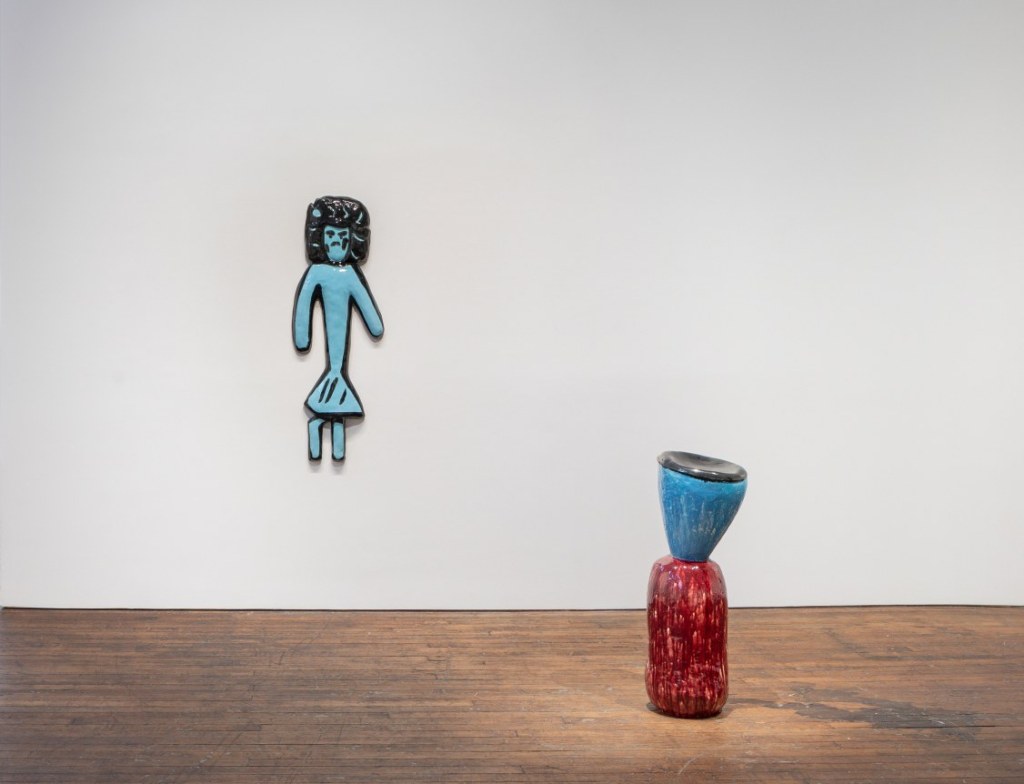
55 1/2 x 19 1/4 x 2 3/4 inches
Right: Rose Wylie, Liqueur Bottle, 2020, glazed ceramic
40 1/2 x 17 x 13 1/2 inches
Courtesy Peter Freeman, Inc., New York. Photography by Nicholas Knight.
The late Otto Piene’s masterful Triptychon embraces and underscores ceramics’ materiality while departing from Western aesthetic conventions. The absence of any overt difference across the three parts of the work lends it a drone-like quality. Its jagged protrusions seem to claw at the viewer, communicating something essential about kilning as a fiery act of aggression that reshapes a tactile mass. What was once haptic becomes untouchable, but the staged crystallization of climbing tongues of flame still produces an air of danger.
Rosemarie Trockel’s two works, Cage Dorée and Time She Stopped, stress the process of solidification. With a Minimalist touch, she highlights the shaping dimension of firing. She punctures the pictorial square that she uses as a buttress, and the piece becomes a kind of meeting point between tactility and elemental force.
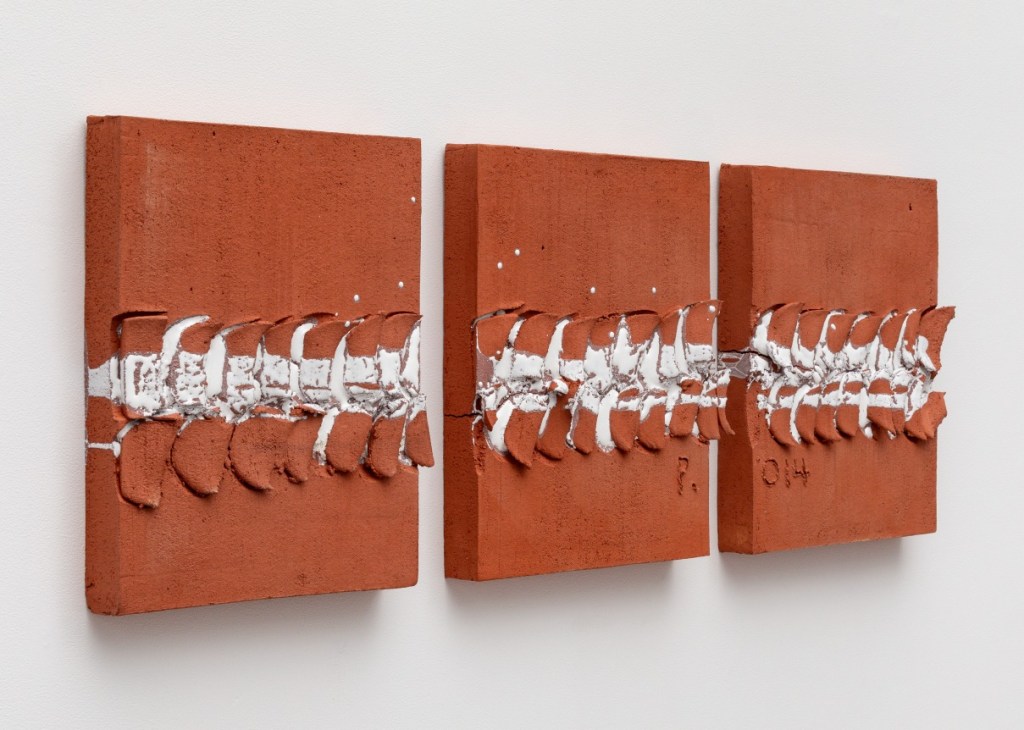
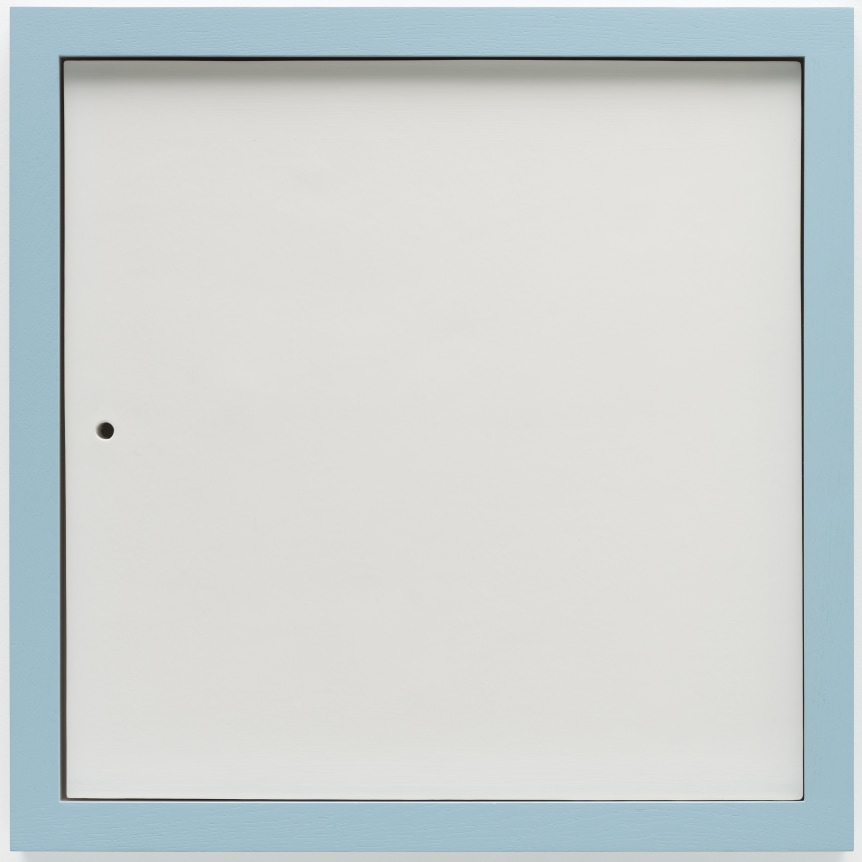
ceramic, sol-silicate-based paint, wooden painted frame, plexiglass, 25 5/8 x 25 5/8 x 2 inches. © the artist and ARS. Courtesy Sprüth Magers and Barbara Gladstone. Photography: Ingo Kniest.
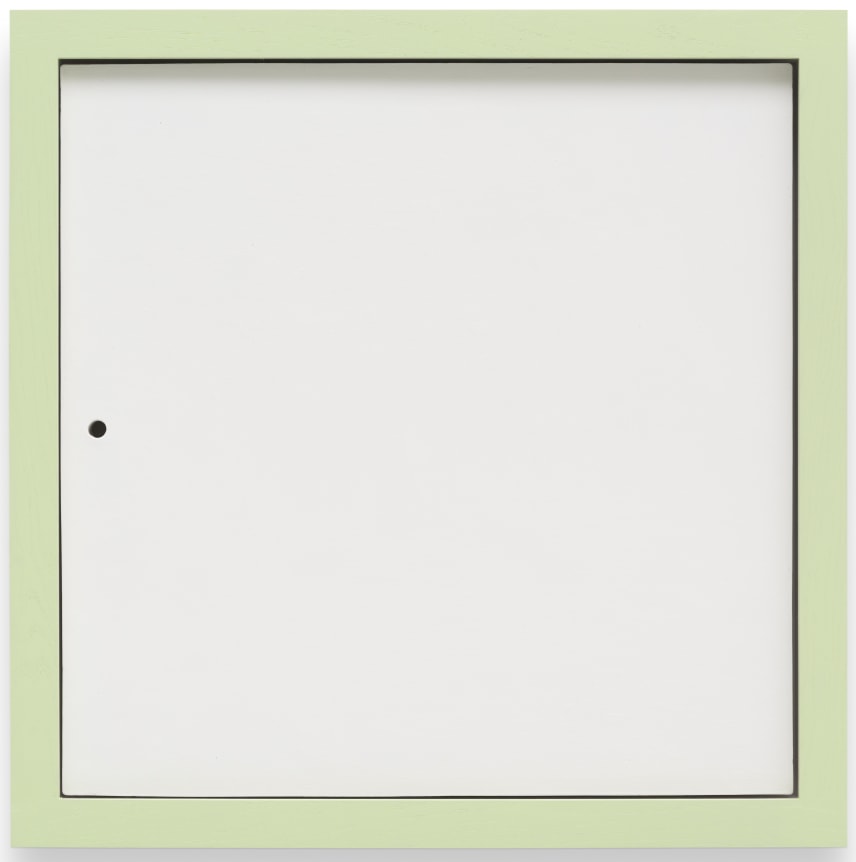
The pieces by Paloma Varga Weisz and Mai-Thu Perret (German- and Swedish-born, respectively) are distinctly imagistic. Perret’s At noon, light the golden lantern resembles a bird cage. Brown colorations seem to emanate from the piece, giving it an expressive character even as the cage-like line metaphorically entraps the viewer. In Weisz’s untitled series of heads, her application of glaze vividly imparts the irreversibility of time. Both pieces suggest discovered artifacts.
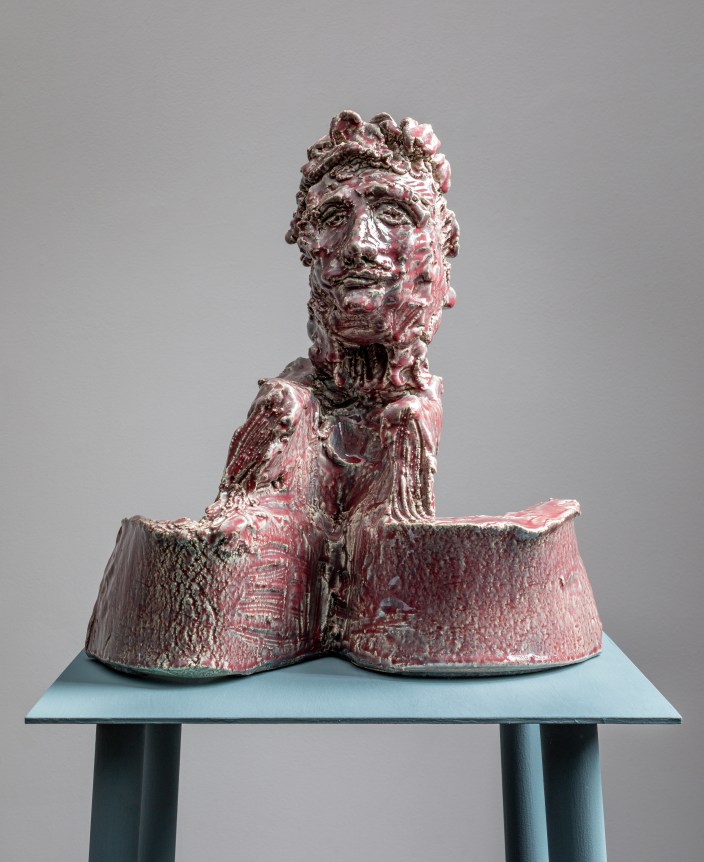

The show confirms that something remarkable is happening in Cologne. From my perspective, time – whether conceived as chance, momentousness, or process – features prominently in all the works on view. This relates directly to how ceramics are fired, shaped, and colored. “Made in Cologne” thus proves educational as well as delightful.
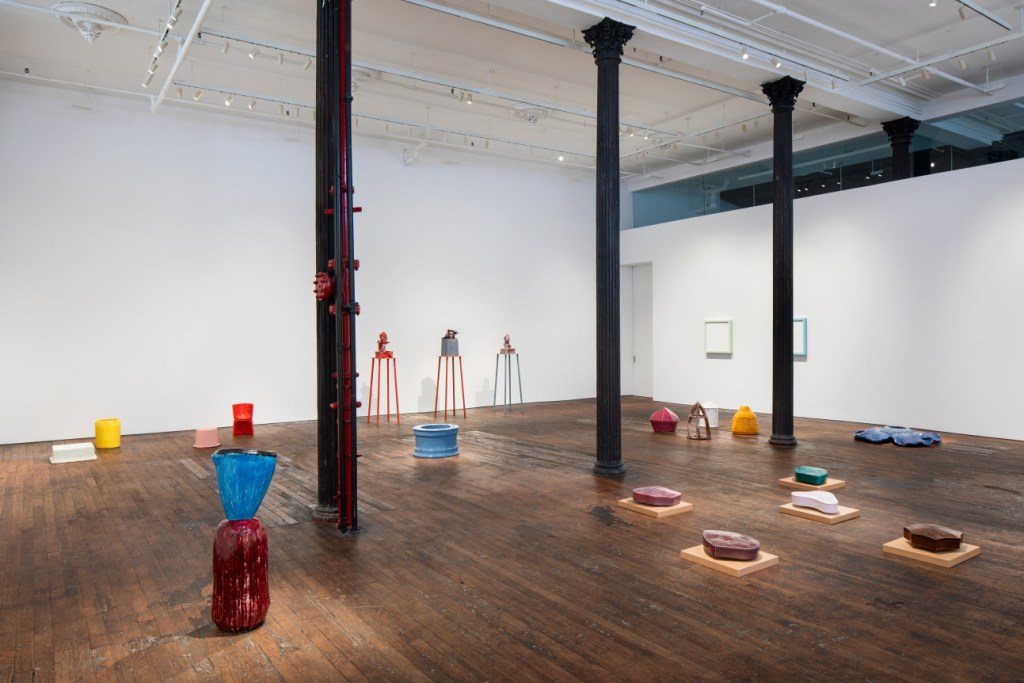
“Made in Cologne,” Peter Freeman, Inc., 140 Grand Street, New York, NY. Through July 26, 2024. Artists: David Adamo, Richard Deacon, Cameron Jamie, Alicja Kwade, Heinz Mack, Mike Meiré, Mai-Thu Perret, Otto Piene, Heinz-Günter Prager, Norbert Prangenberg, Thomas Schütte, Rosemarie Trockel, Paloma Varga Weisz, Rose Wylie, Anna Zimmermann.
About the author: Jeffrey Grunthaner is a writer, artist, musician and curator based in Berlin. His essays, articles, poems, and reviews have appeared in artnet News, BOMB, The Brooklyn Rail, Hyperallergic, and other publications. His pamphlet Aphid Poems was recently published by The Creative Writing Department.

